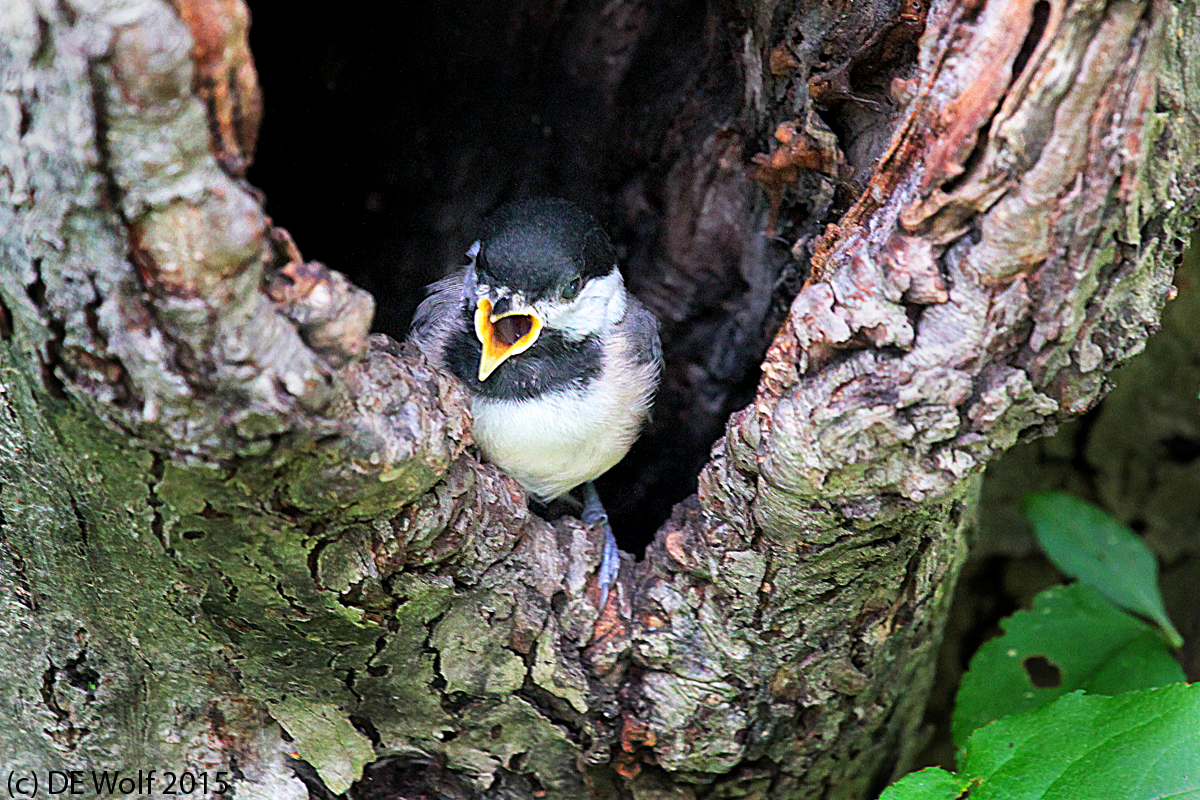
Figure 1 – Fledgling black-capped chickadee preparing to fly, Black’s Nook, Fresh Pond Reservation, Cambridge, MA. (c) DE Wolf 2015.
Last week I was along the path at Black’s Nook when I noticed activity around a hole in the trunk of a tree. Two black-capped chickadees were carrying goodies (by bird definition) caterpillars and the like, to this hole. The pair was anxious that I chase them through the woods, but I remained, maintaining a social distance. I noticed that little bird heads kept popping up to the front of the hole. These were fledglings that were ready to test their wings, but a bit wary of the big guy with the camera. Every once in a while they would give out a baby bird, open mouthed peep. I took a number of photographs of one of these fledglings in rapid succession, but then departed not wanting to draw attention to the nest to some less benign figure.
I reached the gate of Black’s Nook when I heard a flutter. Turning I saw the very uncertain flight of this little bird across the path onto a branch. He seemed very proud of himself. And sitting on that branch with his mouth closed the young fledgling seemed very adult indeed.
Having walked along this same path a few months ago when the temperatures were frigid and the snow covered walk precarious, I have a great appreciation of the struggle that these birds face each day trying to survive – to survive with the biological emphasis of species preservation. Their behavior is so marvelously instinctual, literally programed in their DNA. Baby chicks in the nest are terribly vulnerable, and this flight across the path is an important step towards independence and survival, ultimately to carry the program to its logical end of producing the next generation. And as precarious as their little lives may seem to us, it is significant and humbling to realize that birds appear to have evolved from the theropod dinosaurs over 200 million years ago. I even get the privilege of quoting Sir T. H. Huxley here:
“We have had to stretch the definition of the class of birds so as to include birds with teeth and birds with paw-like fore limbs and long tails. There is no evidence that Compsognathus possessed feathers; but, if it did, it would be hard indeed to say whether it should be called a reptilian bird or an avian reptile.”[4]
On Earth the birds are remarkably successful species, and we have to wonder whether they will be tweeting long after we and our cell phones are gone.
Canon T2i with EF70-200mm f/4L USM lens at 200 mm, ISO 1600, 1/80th sec at f/8.0 with no exposure compensation.
